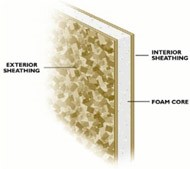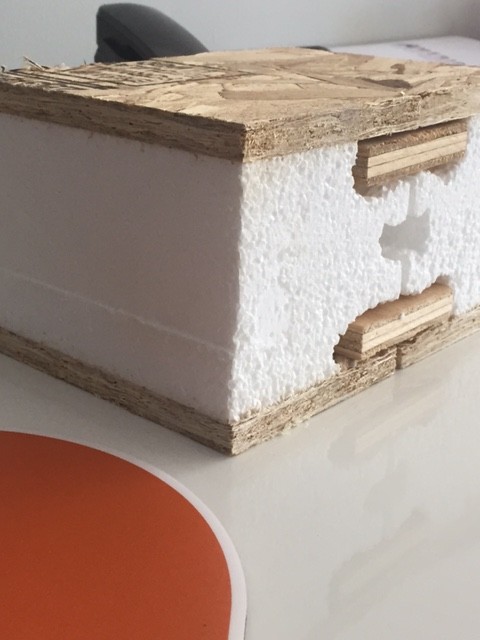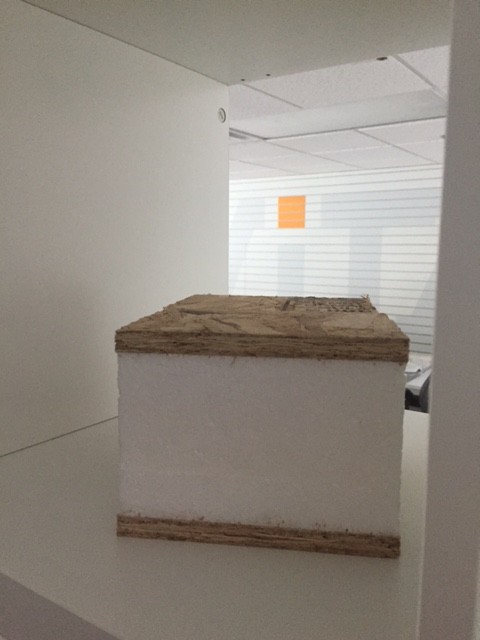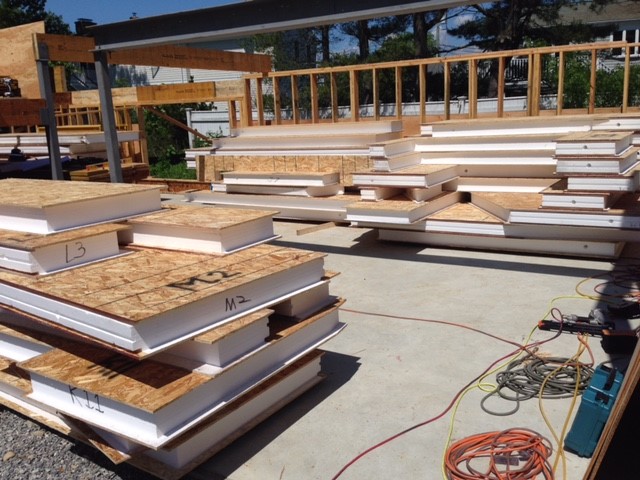SIPs: Simply Better, Stronger and More Energy Efficient
The architects at VDG new sustainable designs include SIPs, as homeowners can gain superior structures with reduced utility costs.
What Are SIPs?
Structural insulated panels (SIPs) are high performance building panels used in floors, walls, and roofs for residential and light commercial buildings. The panels consist of an insulating foam core sandwiched between two structural facings, typically oriented strand board (OSB). SIPs are manufactured under factory controlled conditions and can be fabricated to fit nearly any building design. If you build your new home with SIPs, your building system will be extremely energy efficient and cost effective.
Benefits
Compared to conventional wood-frame construction, which uses 2-by-4s and hundreds of nail components, SIPs components/joints are “straighter”, fewer and “smaller”. SIPs are energy efficient because they require half the energy to heat and cool a home throughout the year. The foam core material is often expanded polysterene, the same material as shipping “popcorn”. The thickness of this material along with the tightness of the panel as a whole, provides better indoor air quality and better temperature control. Due to this airtight building envelope, the homeowner enjoys a more comfortable indoor living environment.
Cost/Savings
Depending on your location and the cost of labor/materials, SIPs can be slightly more or the same as wood-frame construction. The energy and labor savings, plus the speed of construction will pay for the extra costs. Therefore, these savings mean that the homeowner will see a return on the extra costs in 2-4 years.
What is to come…
With an ever growing interest in sustainable design and high performance construction, we expect to see the use of SIPs increase. At VDG we are constantly informing our clients about the benefits of building with SIPs and as you can see from the photos below, we just delivered some panels to a project under construction in Westport. We are excited for SIPs systems to become more instrumental in the pursuit for more energy independence.




